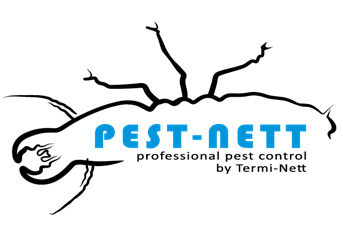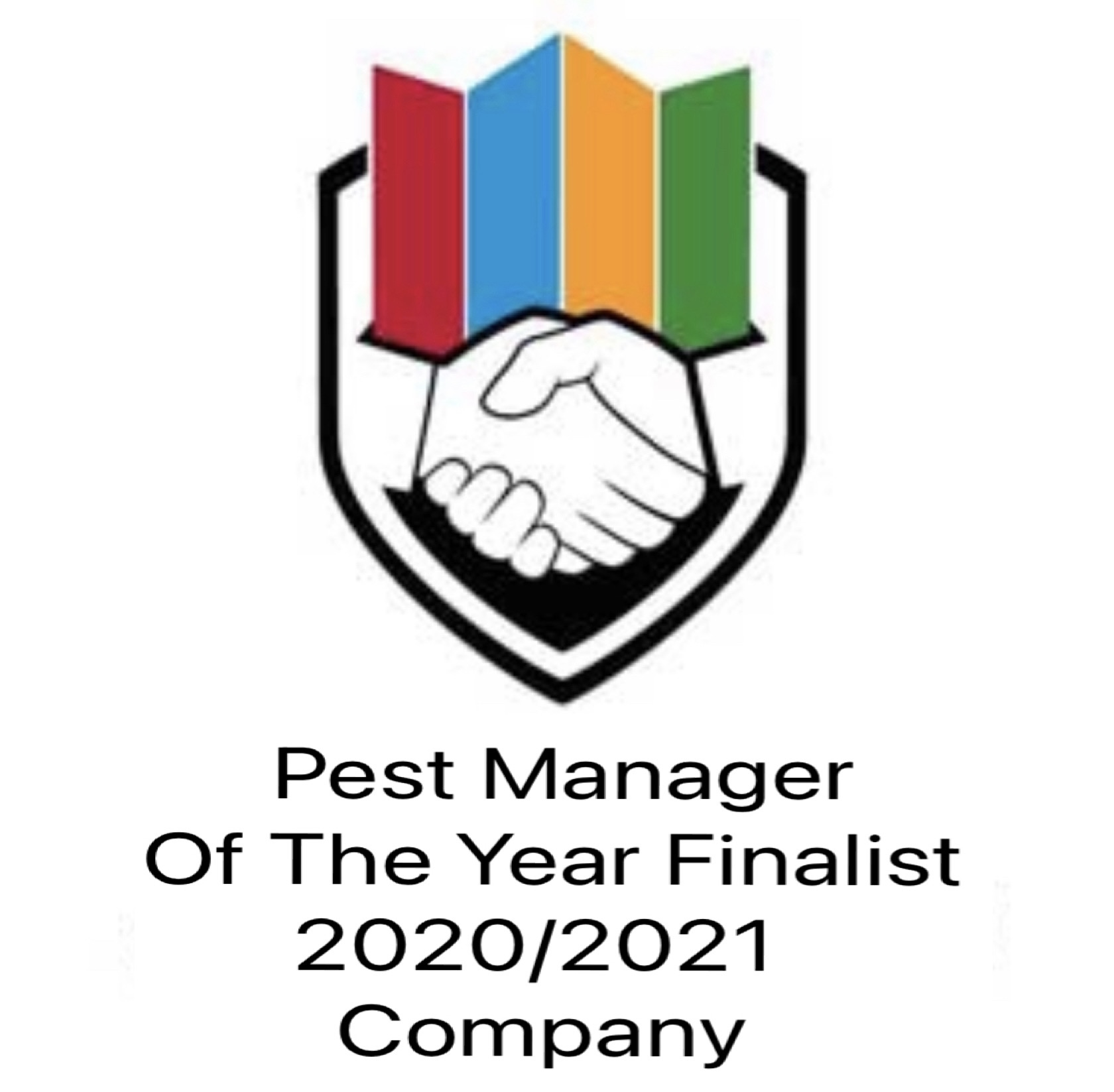Termites are well known for causing significant damage to homes in southeast Queensland. These pests can go unnoticed for months while they do so. Typically this type of damage is not covered under home insurance.
An annual termite inspection is the best way to identify any termite activity and stop these pests from damaging your home.
How termites are identified at a home
First, termites are a small white to yellow colour social insect and somewhat ant-like looking sometimes called White Ants however termites share no relation with ants, to add some confusion termites are of the same order (family) as cockroaches ‘Blattodea’.
When Pest Nett techs are onsite identifying different termites they can be easily identified in a few ways, the location and or colour of the nest, identifying termites by damage, different termites will damage timber in different ways, some termites will leave fecal pellets but probably the most common way we identify termites is by identifying the caste of soldiers in the colony, in each species of termite the soldiers have their own distinctive head shapes, some pear-shaped, some long cylindrical, some pointed and some large and bulbous.
Signs of termite activity can include mudding on fences, air conditioner water drains, footings under the home and internal areas of the home including skirting boards and walls.
If we find active termites at a home, we will advise the homeowner of their options to treat the termites and get rid of them before its too late.
How to treat for termites
We begin with an inspection of the structure using timber sounding devices, moisture meters and a radar device that can scan walls, door frames, window frames etc, once we find active termites in the structure we will then decide depending on how the termites have entered the structure the best way to treat them.
A stage 1 treatment can involve baiting, foaming or dusting treatment methods, once termites have been eradicated from the structure we recommend installing a Termite Chemical Zone or Termite Baiting System around the perimeter of the structure previously known as Termite Barriers. Depending on construction methods of your home will determine what will be the most suitable system. Pest-Nett have accredited installers of Termidor, Termidor HE and Trelona ATBS Termite Baiting Systems
DIY tips to reduce termites at your home
The following tips will help reduce the likelihood of termites establishing themselves at your home:
- Keep garden beds, shrubs, trees or bark away from the walls of your property.
- Don’t stack loose timber against or under your home or in the yard.
- Don’t leave objects leaning against the walls of the home that also touch the ground.
- Don’t place grass clippings around trees.
- Stored wood should be kept off the ground so you can see the mud trails left by the termites if they attack the timber.
- Remove old tree stumps from your yard, grind the stump down.
- Report any suspected termite activity in fences and trees around your home to us straight away
- If you have a brick home, make sure the gaps (also called weep holes) between the bricks and the concrete slab are open to allow any moisture to get out.
- Fix any leaking hose taps.
Book a termite inspection today
If you’re concerned about termites at your home, contact us today to arrange an inspection.

